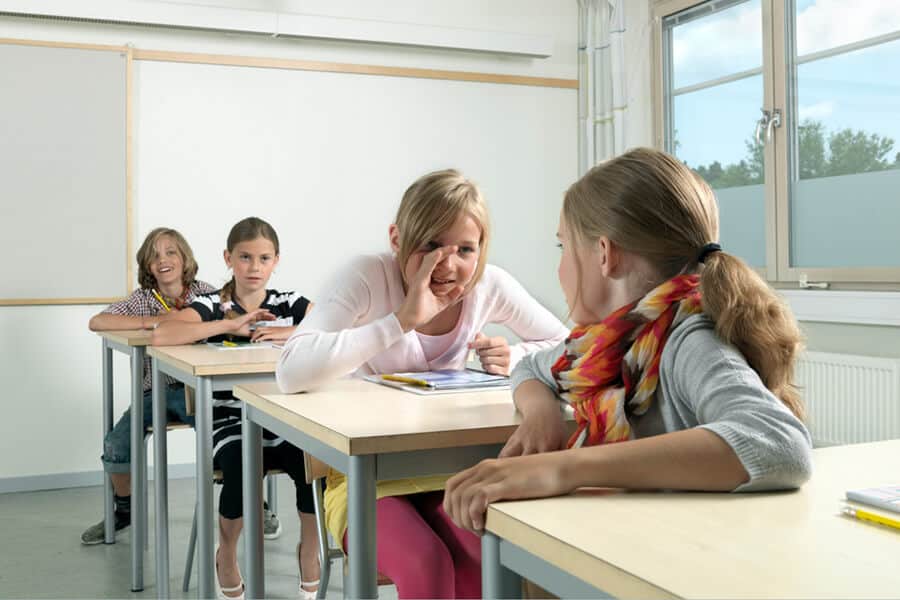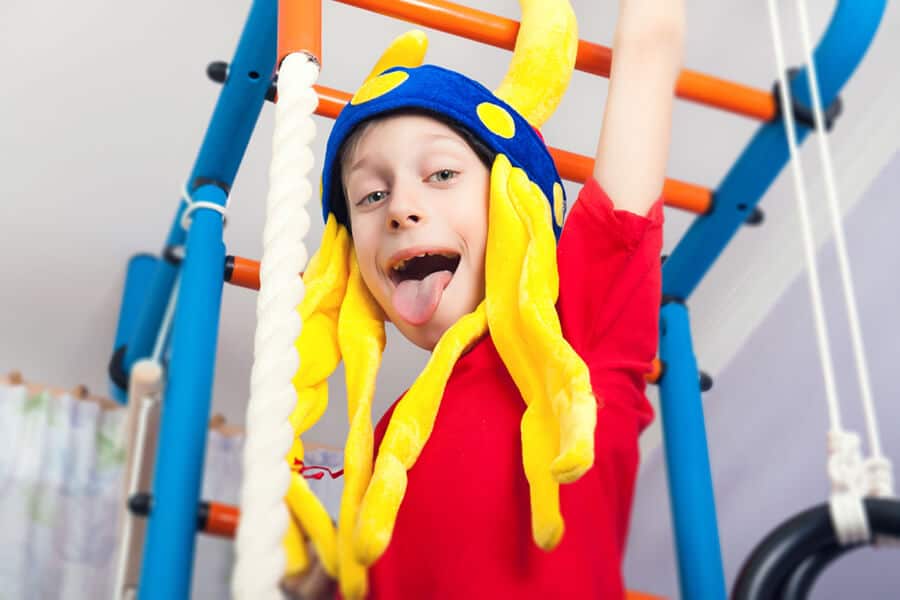Yet another country that is doing its best to cultivate a culture of quality education, towards children of all gender, and backgrounds living in Sweden. Read along about some of Sweden’s most emphasized characteristics in terms of educational opportunities.
There is no doubt that Nordic countries are doing excellent when it comes down to keeping up with top-notch learning methodologies for its students. We have already talked about the progressive education system in Finland. Sweden does not fall behind in the group of these successful countries at all.
Sweden has managed to improve its education quality and come up with astonishing results among its students, specifically in Mathematics, Reading, and Science Studies. This was strongly affirmed by the 2019 Programme for International Student Assessment (PISA) assessment, which showed a positive performance of 15-year-olds in Sweden, and also the feedback from the Organisation for Economic Co-oper ation and Development (OECD).
ation and Development (OECD).
So how is Sweden one of the countries with the best education available in the world?
Sweden has come a long way as well.
In the 1990s, the Swedish government permitted the development of publicly-funded charter schools (friskola). With the amendment of the law, these schools were allowed to act independently of the municipality. They were different from other traditional schools, because they supported and pursued a more individualized approach to learning, an open-classroom layout, no uniform policy and unconventional teaching methods.
Ever since independent schooling became very popular in Sweden. Many other reforms followed, even recently, from Swedish policymakers, and they all aimed to improve student results but also to increase the status of the teaching profession.
The levels of education

Education in Sweden is compulsory from the age of 6 to 15, and it is divided into four levels. Before the age of 5, children may attend the so called förskola or preschooling, but that is optional. Preschools in Sweden give significant importance to play when it comes down to increasing the child’s development skills and learning capacities. The pre-school curriculum is always based on the children’s needs and interests, and very much gender-aware. The main goal out of this is to offer equal opportunities in life to all children, regardless of their gender.
After preschool children can be placed in kindergardens, and then what follows is compulsory schooling, consisting of Elementary school (lågstadiet) for three years, then middle school (mellanstadiet) for years 4-6 and finally junior high school (högstadiet) for years 7-9. After compulsory school, Swedish students may attend an optional senior high school (gymnasium) for three years.
What is very interesting about Sweden is that children have the right to choose their school. If your child doesn’t like their school, it can easily be changed have through arrangements through which you are able to choose any other state school or a private school at no cost to yourself.
What are Independent Schools in Sweden?
In 2010, 24% of senior high school students attend independent schools whereas roughly 10% of school operations were carried out by private players and 12% of compulsory school students.

These sort of schools are supported by the Swedish government, but first, they must be approved by the Schools Inspectorate and follow the national curricula and syllabuses. The “independent schools”, are funded with public money (skolpeng) from the local municipality, based on the number of pupils they have enrolled, in the same way, Swedish public schools are. Hence, they are not allowed to discriminate or require admission examinations, nor are they allowed to charge the students any additional fees.
Anyone can start an independent for-profit school, or a chain of such schools, in Sweden. Many of them offer an alternate pedagogy (such as Montessori), or a foreign/international, religious or special needs (such as hearing-impaired) profile. These schools pursue an individualized model, meaning that they are pretty different from the state school model. A well-known representative of individual schools is Kunskapsskolan. The Kunskapsskolan at Kista applies no uniform rules, they have very informal discipline and teaching, an open-plan layout, and an emphasis on individualized learning rather than formal classes. The students negotiate their own timetable each week and can do as few, or as many, formal classes as they wish. There is a heavy emphasis on internet-based learning and there are remarkably few books.
Bottom line
According to Simplylearningtuition, the Swedish school system rank pretty high internationally. It’s in the top 10 for reading in international rankings and has one of the most egalitarian education systems with pupils’ chances of succeeding in school being more equal in Sweden than elsewhere.
Their success seems to rely on the fact that the whole educational system is target-driven and more child-centered, with children starting school later and feeling less pressured or competitive by external exams.
Photos: Shutterstock
Support us!
All your donations will be used to pay the magazine’s journalists and to support the ongoing costs of maintaining the site.
Share this post
Interested in co-operating with us?
We are open to co-operation from writers and businesses alike. You can reach us on our email at [email protected]/[email protected] and we will get back to you as quick as we can.









